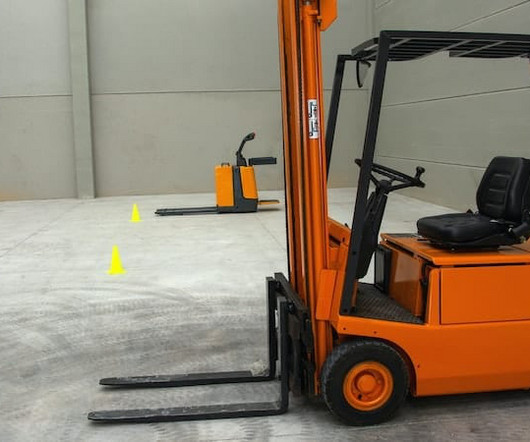Outside-in Process Q&A
Supply Chain Shaman
FEBRUARY 26, 2024
Based on the work with Georgia Tech, we are getting clear on which metrics matter by industry. As companies adopt a balanced scorecard, the functional metrics shift to a focus on reliability. Their goal is clear–stabilize the blood supply in the United States. Analyze inventory health.























Let's personalize your content